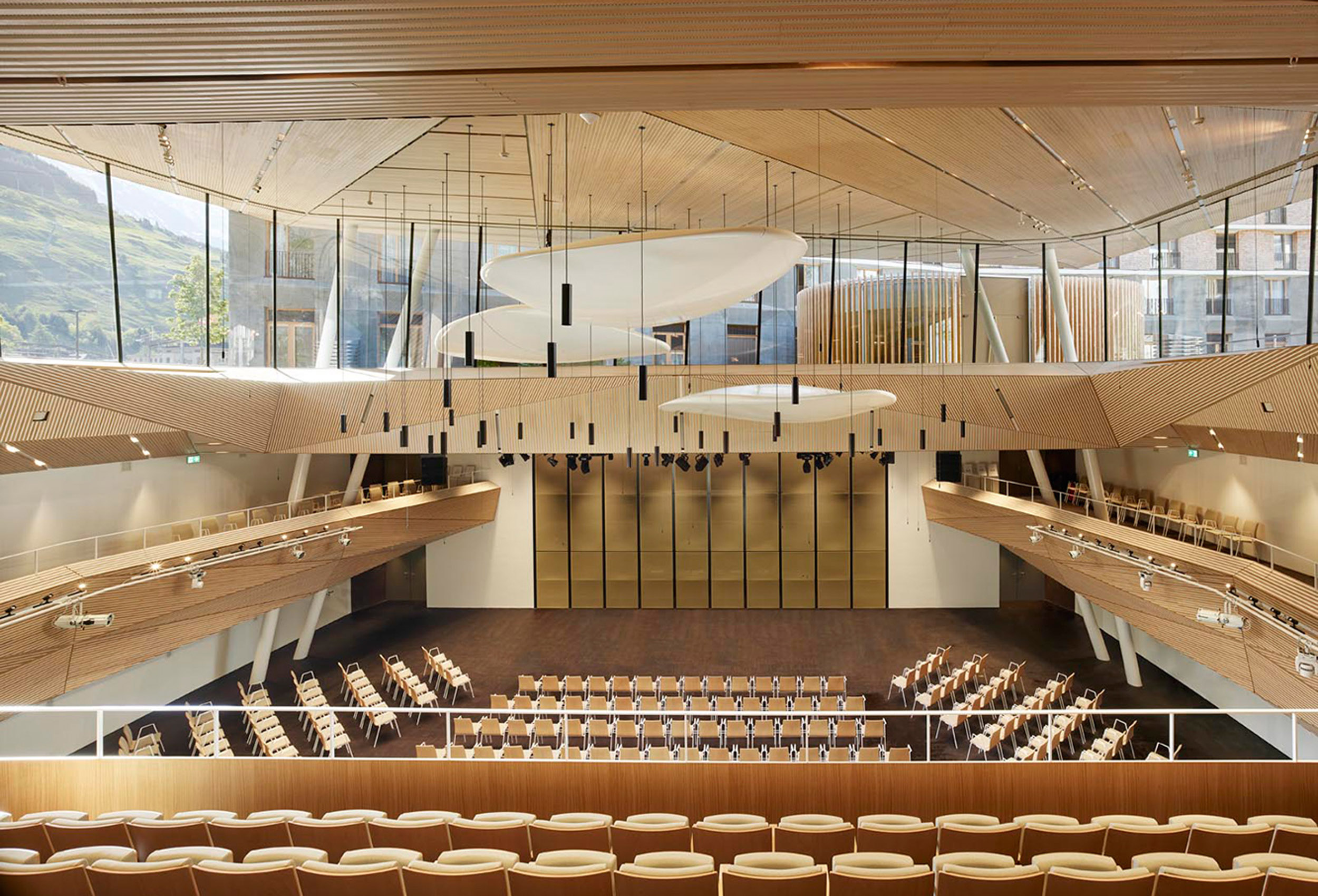Sound profoundly influences how we experience built environments. A restaurant with poor acoustics transforms a romantic dinner into a shouting match. An office with inadequate sound control becomes a productivity wasteland. Residential buildings without proper noise isolation leave occupants exhausted and frustrated. Architectural acoustics addresses these challenges by integrating sound design principles into the built environment from conception to completion.
The Importance of Architectural Acoustics
Poor acoustic design carries significant consequences for building occupants. Open offices suffer from distraction and reduced concentration as conversations and equipment noise interfere with focus. Restaurants experience decreased customer satisfaction and shorter dining times when patrons struggle to communicate comfortably. Residential buildings with insufficient sound isolation create stress and sleep disruption for inhabitants.
Conversely, well-designed acoustic environments enhance productivity, comfort, and wellbeing. Studies demonstrate that improved office acoustics can increase productivity by up to 20% whilst reducing stress levels. Restaurants with proper sound control achieve higher customer satisfaction ratings and increased revenue per table. Residential buildings with effective noise control provide better sleep quality and overall living satisfaction.
Key Principles of Architectural Acoustics
Acoustic Materials and Treatments
Material selection fundamentally shapes sound behaviour within spaces. Hard surfaces like concrete and glass reflect sound waves, creating reverberation and echo problems. Soft materials such as carpet, fabric panels, and acoustic tiles absorb sound energy, reducing unwanted reflections. Strategic placement of absorptive materials controls reverberation times and improves speech clarity.
Different materials absorb specific frequency ranges more effectively. High-frequency sounds dissipate easily with standard acoustic treatments, whilst low-frequency noise requires specialised solutions like bass traps and resonant absorbers. Architects must balance aesthetic preferences with acoustic performance requirements to create spaces that sound as good as they look.
Sound Isolation and Noise Control
Effective sound isolation prevents noise transmission between spaces. Wall construction, door seals, and ceiling assemblies all influence isolation performance. Double-stud walls with insulation provide superior isolation compared to single-stud construction. Floating floors disconnect structural vibration paths that transmit noise between levels.
External noise sources require specific mitigation strategies. Traffic noise penetrates buildings through windows, walls, and ventilation systems. Proper window selection, wall mass, and HVAC design minimise external noise infiltration. Site planning also influences noise exposure by positioning sensitive spaces away from major noise sources.
Room Geometry and Sound Reflection
Room shape significantly affects sound distribution and quality. Parallel surfaces create standing waves that cause uneven sound distribution. Curved surfaces focus sound energy, creating hot spots and dead zones. Angled surfaces and irregular geometry diffuse sound waves, creating more uniform acoustic conditions.
Ceiling height and room proportions influence reverberation characteristics. High ceilings extend reverberation times, which benefits musical performance but hinders speech intelligibility. Room volume relative to occupancy affects ambient noise levels and required sound system capacity.
The Role of an Acoustic Consultant
Acoustic consultants bring specialised expertise to architectural projects. Their scientific approach begins with comprehensive sound assessments using precision equipment to measure existing conditions and predict future performance. This data-driven methodology identifies specific problems and quantifies improvement requirements.
The design process involves collaboration between consultants, architects, and engineers. Consultants specify acoustic treatments, recommend construction details, and develop solutions that meet performance targets without compromising design intent. Their expertise prevents costly mistakes and retrofits by addressing acoustic requirements during initial planning phases.
Implementation oversight confirms that acoustic designs are executed correctly. Consultants review construction details, test installed systems, and verify performance against specifications. This quality control process helps achieve predicted acoustic performance and identifies any necessary adjustments.
Creating Better Sounding Spaces
Architectural acoustics represents a fundamental aspect of good design that directly impacts user experience and building performance. By integrating acoustic principles from project inception, architects and developers create spaces that support human activities through superior sound environments. Professional acoustic consulting provides the expertise necessary to achieve these goals efficiently and effectively.
